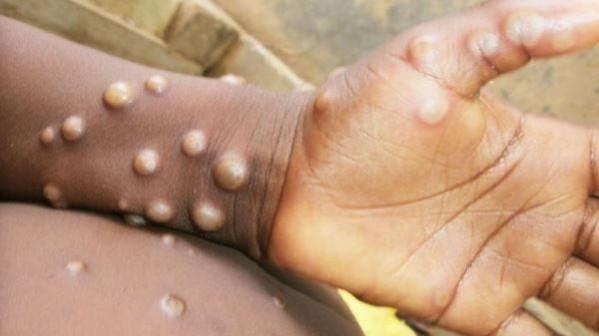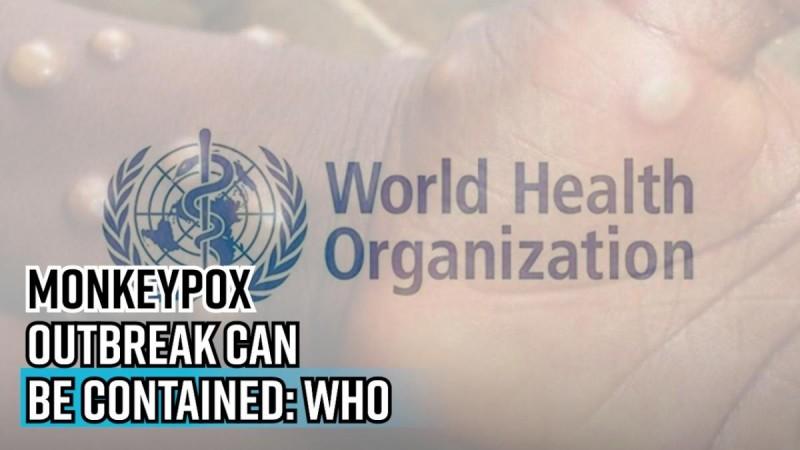
In response to the World Health Organisation (WHO) declaring Monkeypox a public health emergency of international concern (PHEIC), the Indian government has been vigilantly monitoring the global situation. As of the present, the Health Ministry reports no new cases of monkeypox in India, with the last case detected in March 2024.
The government has implemented preparedness and cautionary measures to prevent and control the disease's spread. These measures include sensitising health units at all airports, seaports, and ground crossings, preparing testing laboratories, and equipping health facilities to detect, isolate, and manage any potential cases.
Monkeypox infections are typically self-limiting, lasting between 2-4 weeks, with patients generally recovering with supportive management. The disease requires prolonged close contact with an infected person for transmission, typically through respiratory droplets, direct contact with body fluids or lesions, or through contaminated materials like clothing or linens.

Globally, since 2022, WHO has reported 99,176 cases and 208 deaths due to monkeypox from 116 countries. Despite the global situation, the risk of a large outbreak with sustained transmission is presently assessed as low for India. However, the possibility of a few imported cases being detected in the coming weeks is not entirely ruled out.
In response to reports of Monkeypox cases in Sweden and Pakistan, infectious disease experts have urged health authorities to begin screening for the deadly infectious disease at key airports in India to help curb the spread. Authorities at the airports have been directed to closely monitor suspected individuals, particularly those arriving from abroad.
The Centre has formed a joint monitoring group under the chairmanship of the Director General of Health Services, consisting of experts from relevant fields, to review and manage the monkeypox situation. The task force, headed by Dr V K Paul, NITI Aayog member (health), is working towards implementing public health measures to address the confirmed cases of monkeypox.

The Indian Council of Medical Research (ICMR) has informed about 15 Virus Research & Diagnostic Laboratories across the country to be prepared for any eventuality. The Health Ministry has also issued guidelines for the management of monkeypox cases. These guidelines cover aspects such as monitoring symptoms, isolating patients, and providing care for symptoms like skin rashes, fever, and other associated health issues.
The Indian government's response to the monkeypox situation is reminiscent of its approach to other public health emergencies in the past. For instance, during the H1N1 influenza pandemic in 2009, the government had set up a similar task force and issued guidelines for the management of cases. The government had also ramped up surveillance at airports and other points of entry to detect and isolate cases early.
In conclusion, the Indian government is taking proactive measures to monitor and control the potential spread of monkeypox in the country. While the risk of a large outbreak is presently assessed as low, the government remains vigilant and is prepared to handle any eventuality. The lessons learned from past public health emergencies are guiding the government's response, ensuring that the health and safety of the public remain the top priority.

















